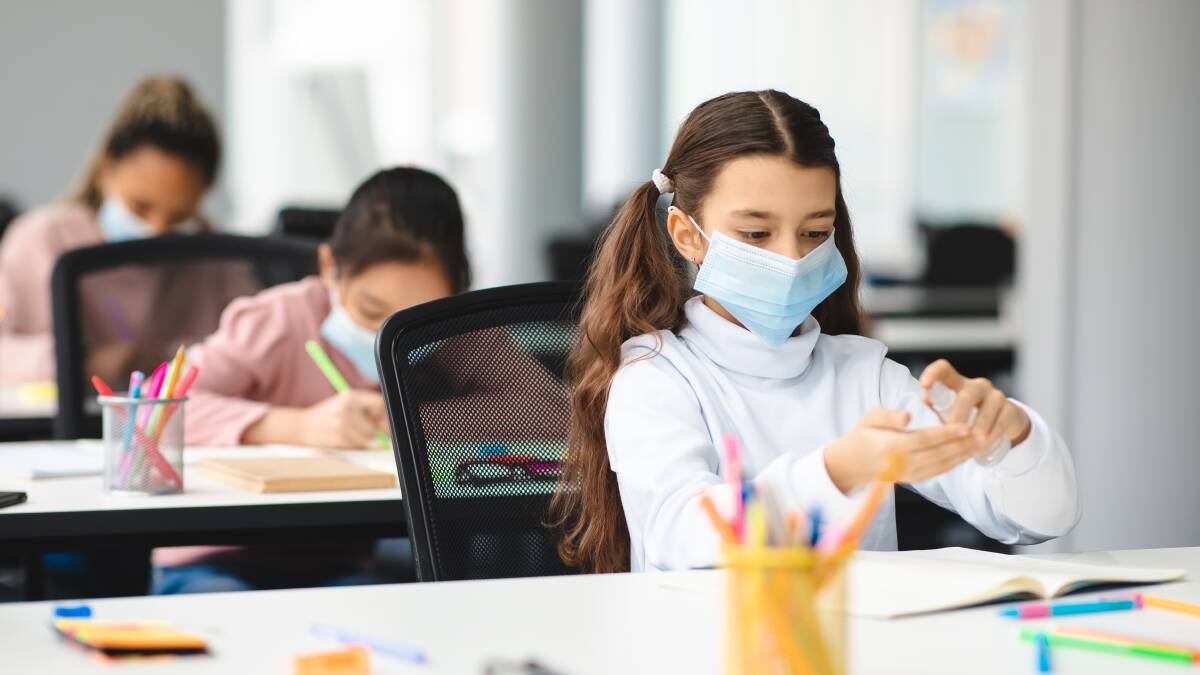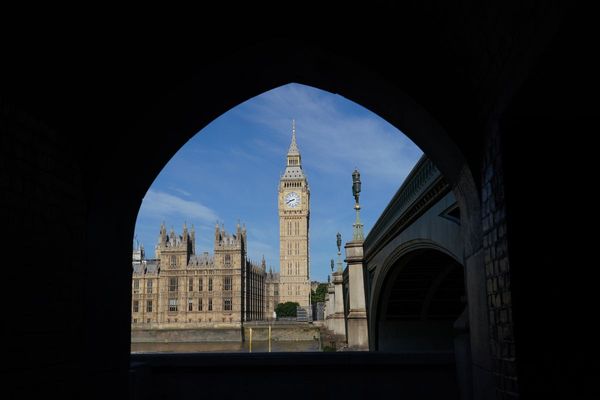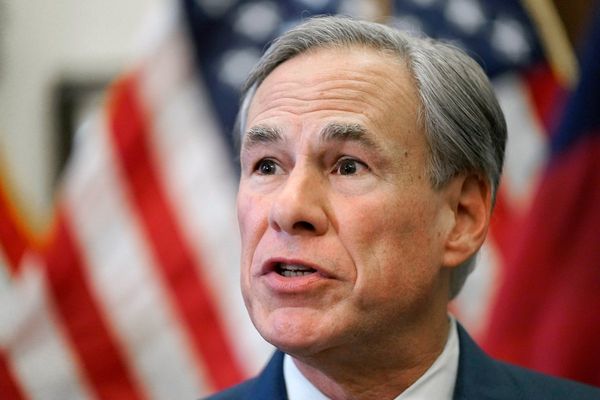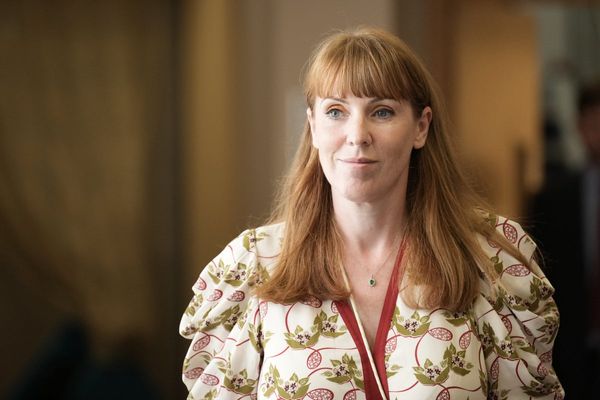Some schools may have to close if steeply rising COVID numbers don't ease off, the Australian Education Union in the ACT has warned.
Schools are facing a sudden tightening of staffing as the number of new cases jumps each day.
"If we see the staffing situation deteriorate further, we may have to see closures," Patrick Judge, ACT branch secretary of the Australian Education Union, said.
In some of the territory's public schools, a quarter of staff have sometimes been off, according to the union, and that has meant classes being merged and teaching in classrooms cut back. If more than 25 per cent of staff are off, schools could have to close, the union leader said.
He reckoned that 15 per cent of staff were absent in some schools last week but this week, it has approached 25 per cent in the worst-hit ones: "The situation in schools is challenging. We are seeing significant impacts from staff shortages."
Last week, there were 1118 cases of COVID in 125 public and non-government schools in the ACT, according to the government.
No figures for this week were available but across the community cases have jumped, and cases in schools would probably keep pace. The number of new cases each day has more than doubled recently. On February 1, there were 549 new cases compared with 1226 on March 15.
School COVID management is based on stages. Stage 1: normal school operation; Stage 2: coping with staff shortages by merging classes; Stage 3: schools reorganise teaching radically; Stage 4: back to remote learning, with school closures. It's believed some schools have been in Stage 2 and nearing Stage 3 as numbers rise.
Across the country, figures from the Australian Bureau of Statistics show that more than a quarter of parents say their children's schooling was affected by COVID in February.
In the ACT, the impact of COVID depends on the school. Smaller schools, both in the public and the independent sector, find it harder to cope when staff are absent. It also depends on which staff are off: if the whole of the leadership is off, the impact is much greater than if junior staff from different parts of a school are absent.
On top of that, casual staff are scarce because older, retired teachers are more reluctant to step in to fill gaps for fear that they contract COVID themselves.
Some independent schools say they foresaw the shortage of casuals so they hired more teachers before the shortage became acute.
But they have still been affected. Some parents at independent schools have been told not to bring children in on a Friday if there has been an outbreak of infection, according to Andrew Wrigley, Executive Director of the Association of Independent Schools in the ACT.
They have also honed systems to cope with a sudden crisis, according to Mr Wrigley.
Contingency plans are there: "The agility of a school to start lessons online is well in place," he said.
On top of the obvious cost of staff shortages, there is a further, hidden cost of COVID. Parents are suffering a quiet hurt because they are still not allowed on school grounds without an appointment, according to the ACT Council of Parents and Citizens Association.
"Some parents still haven't met their kid's teacher, and that's really difficult. In some cases, parents are feeling locked out," the association's spokeswoman Janelle Kennard said.
Schools are hubs of a wider community: "All of those tiny interactions which don't sound much are really important," she said.
Across Australia, more than a quarter (28 per cent) of households with school-age children have reported that their children's school, preschool or childcare attendance was impacted by COVID-19 in February, according to the Australian Bureau of Statistics.
The ABS broke the figures down:
- a child being unable to attend due to being a COVID-19 close contact (20 per cent)
- school, or childcare being closed due to COVID-19 (16 per cent)
- a child being unable to attend due to testing positive to COVID-19 (16 per cent)
- other school or childcare restrictions (16 per cent).








